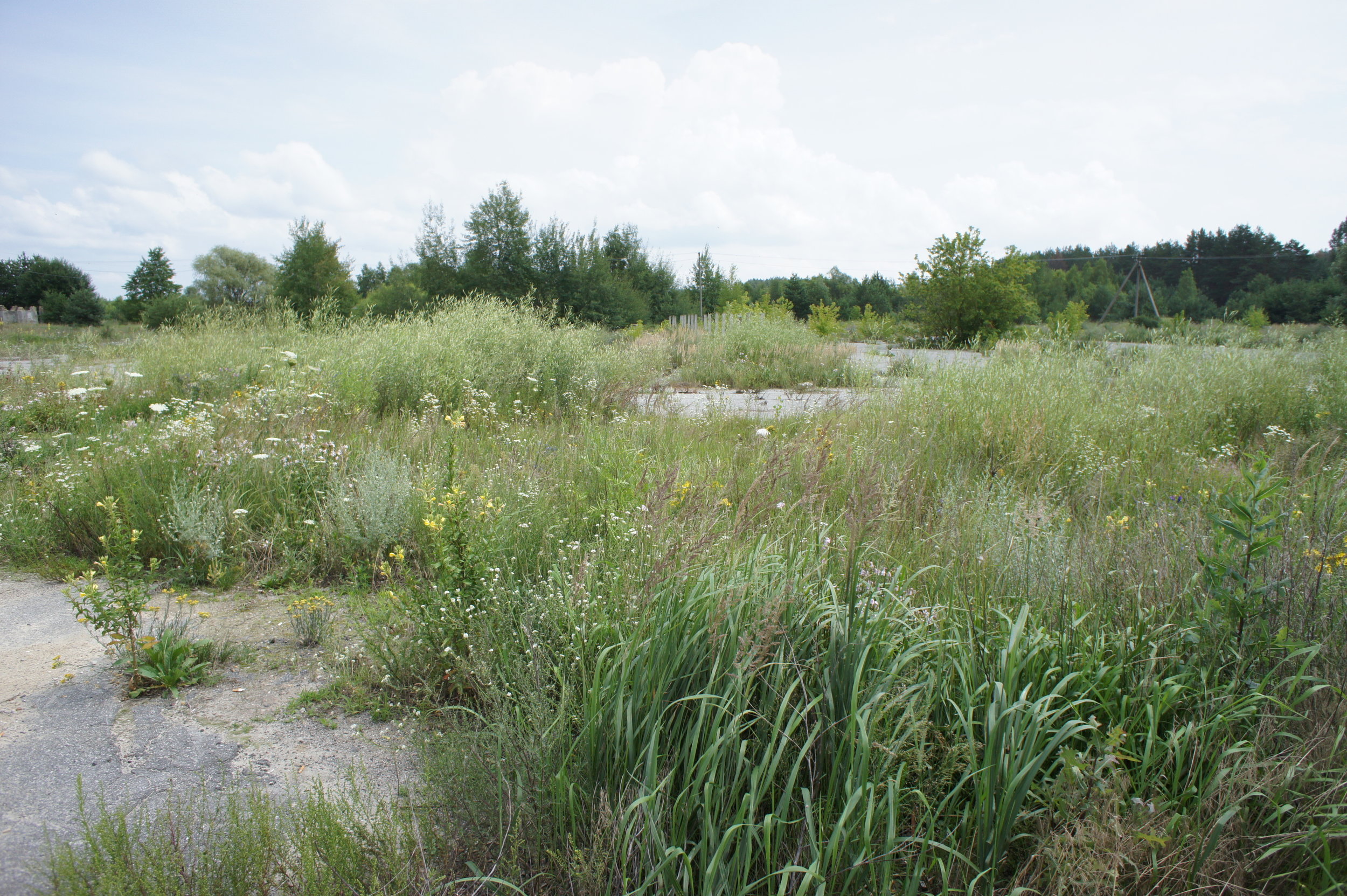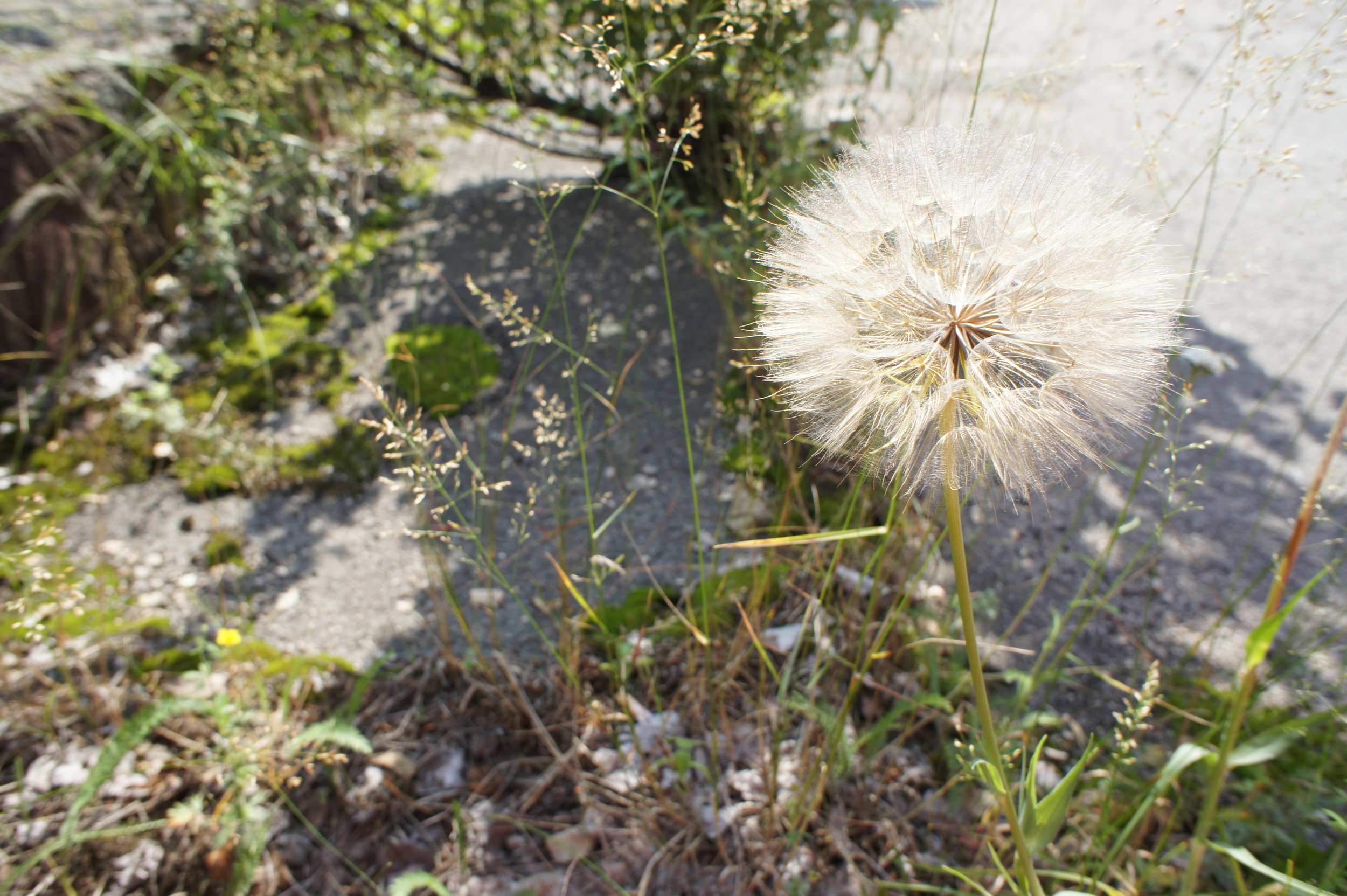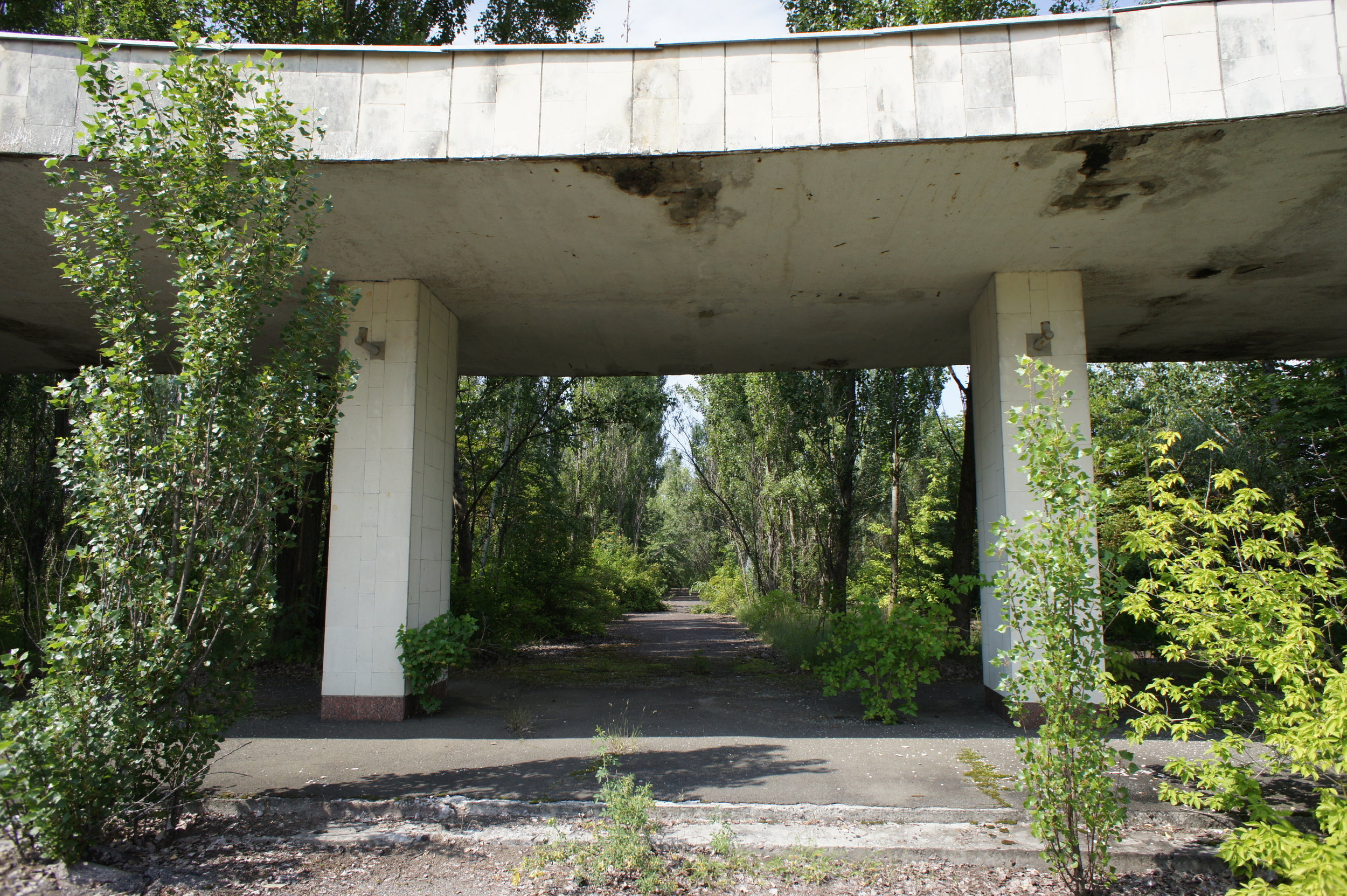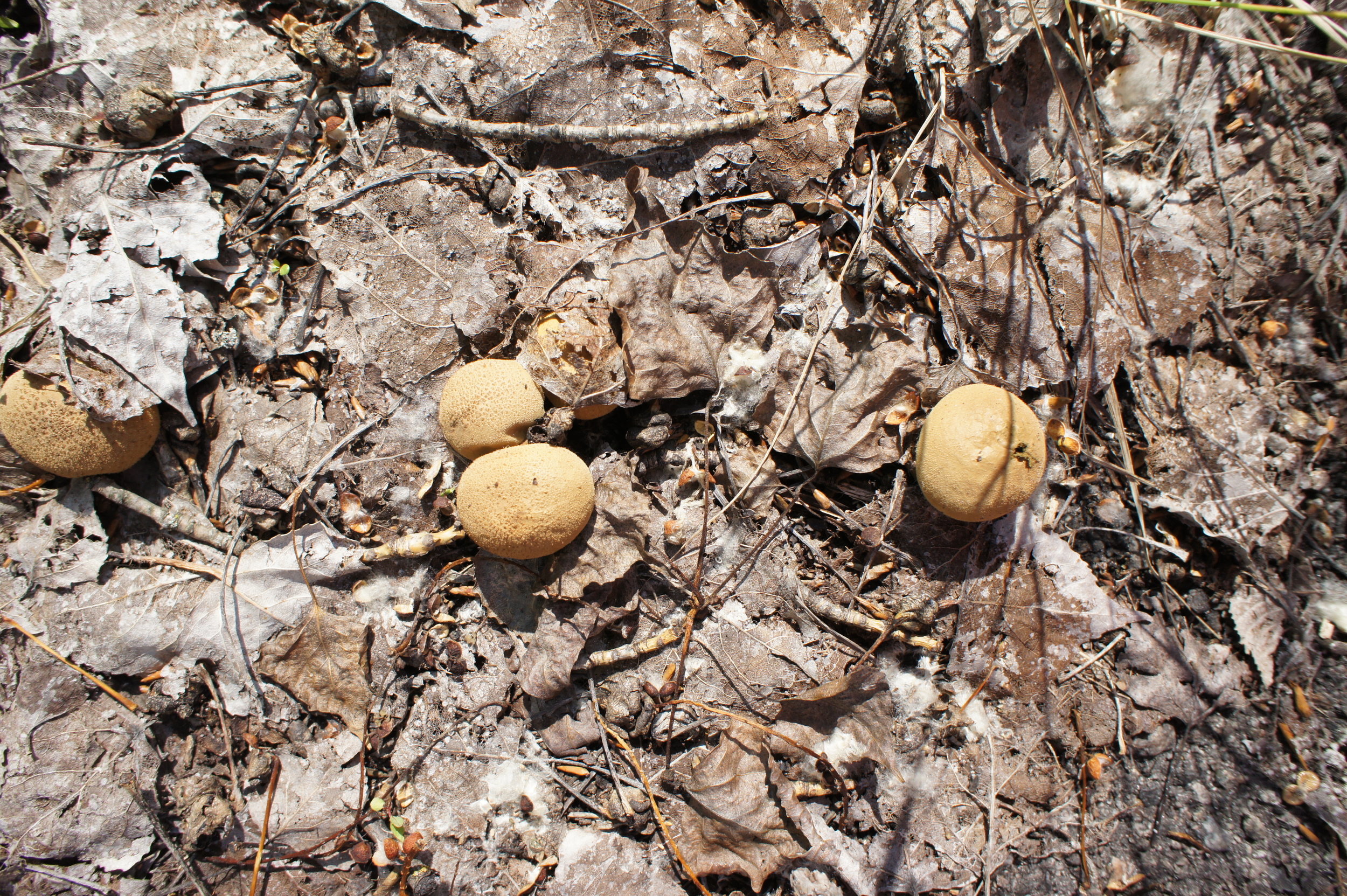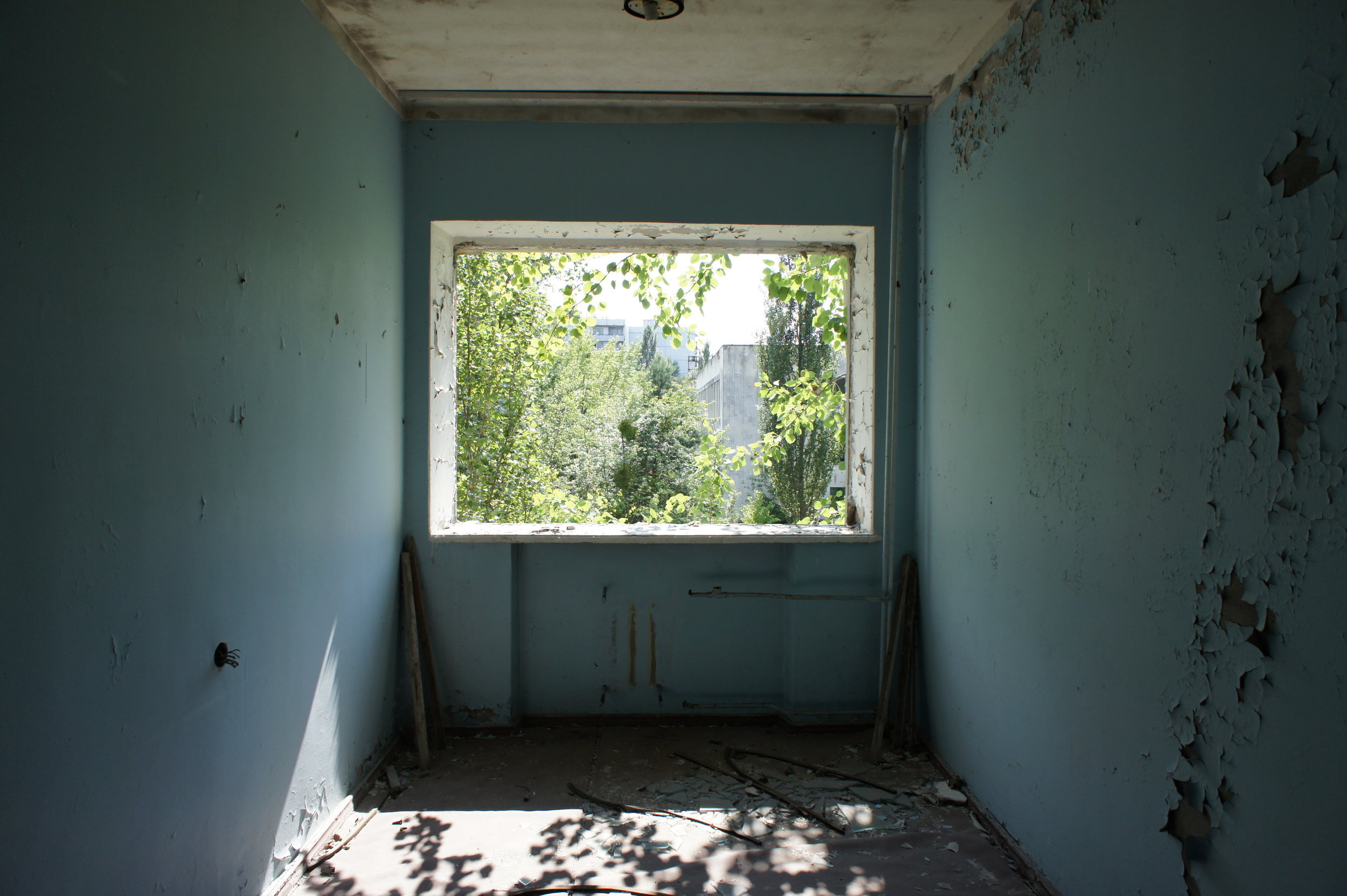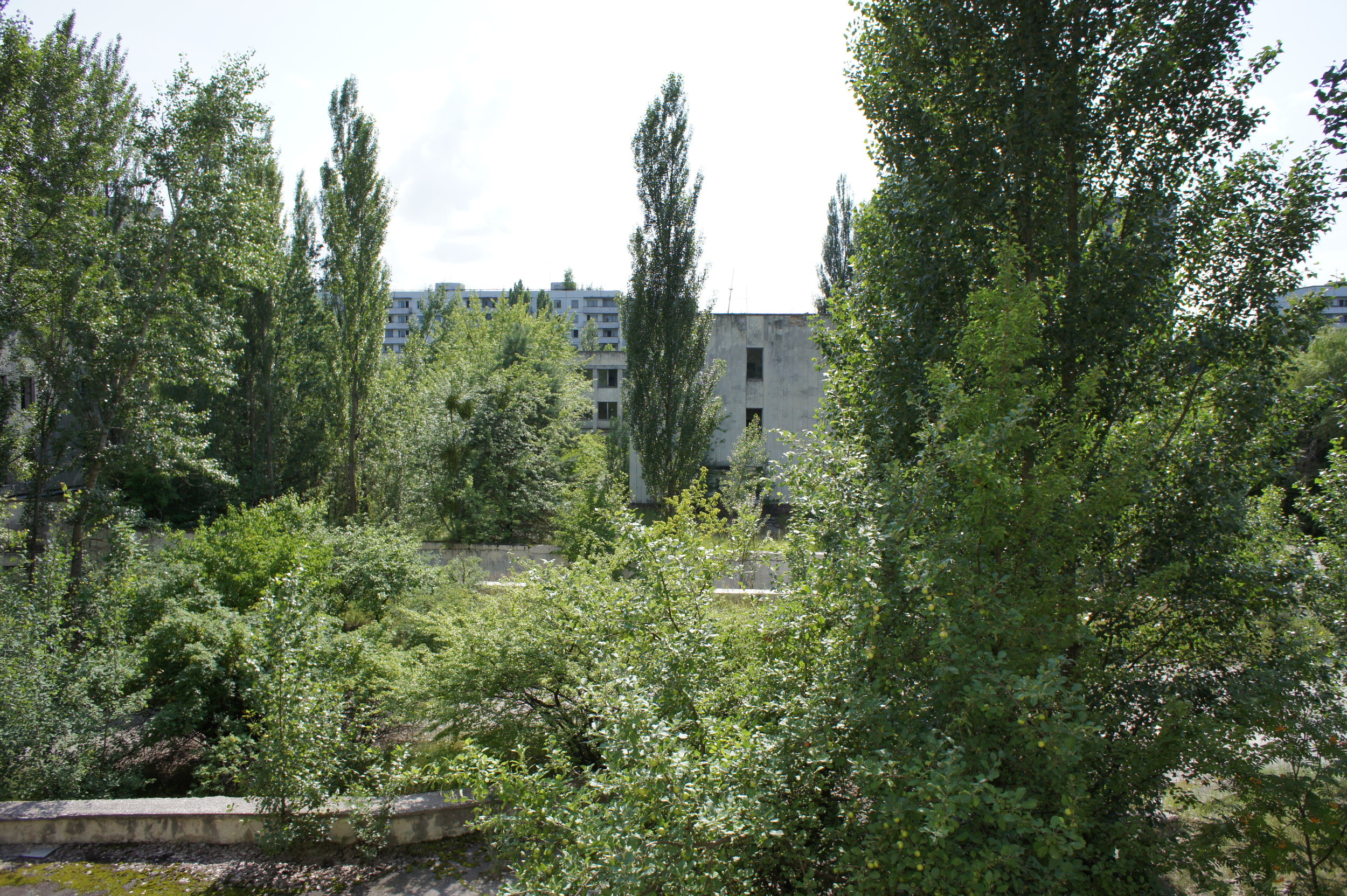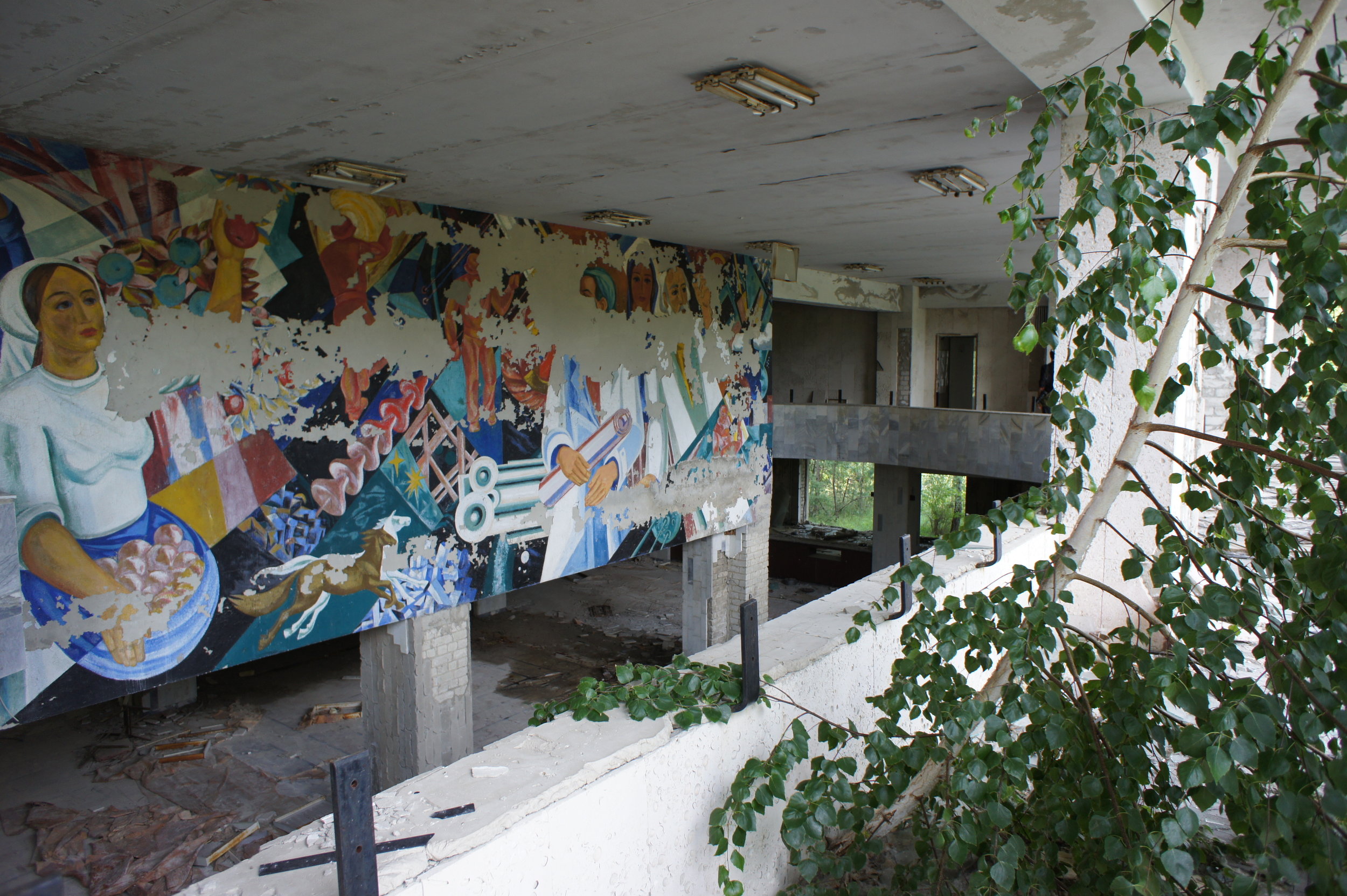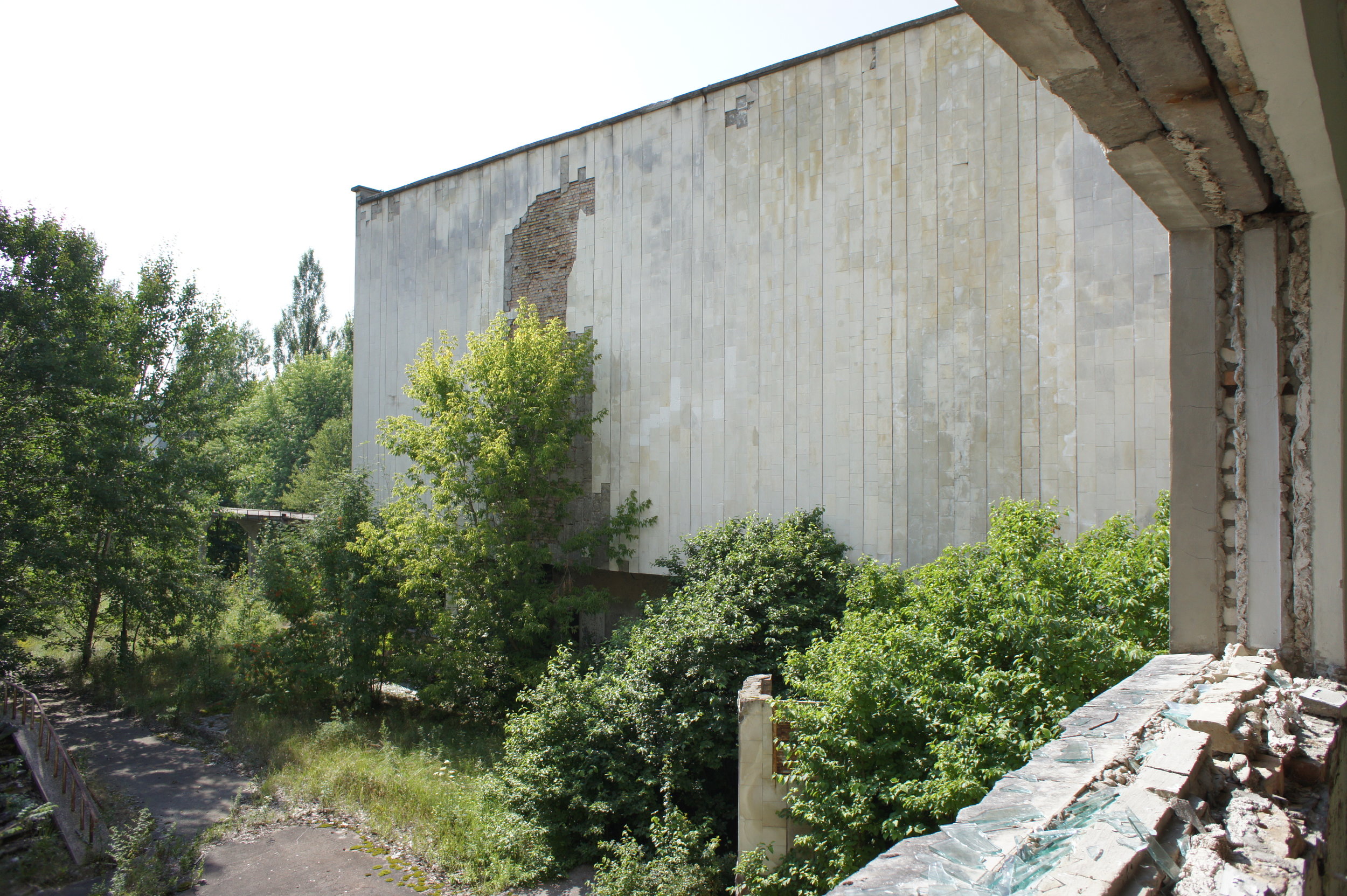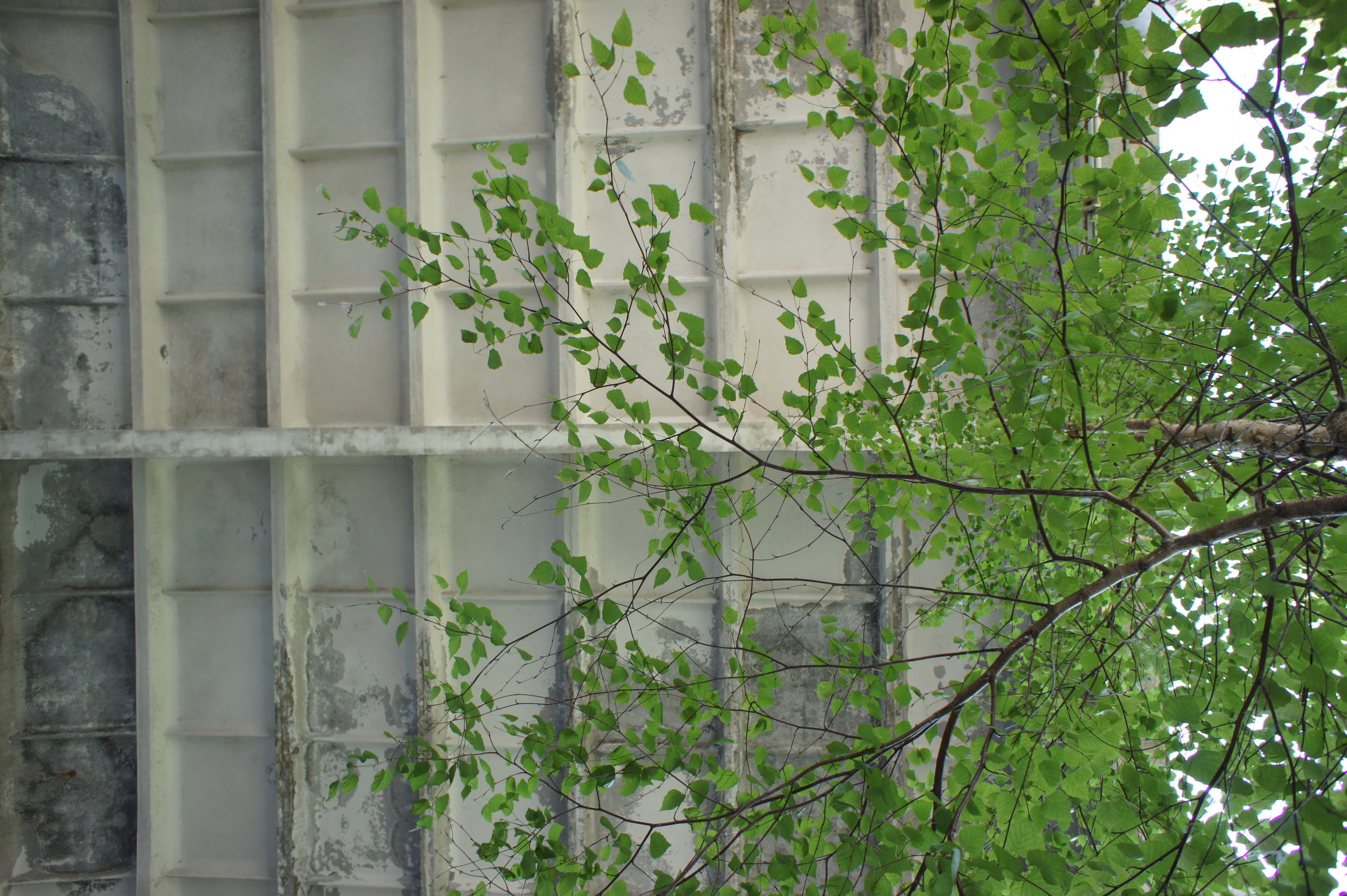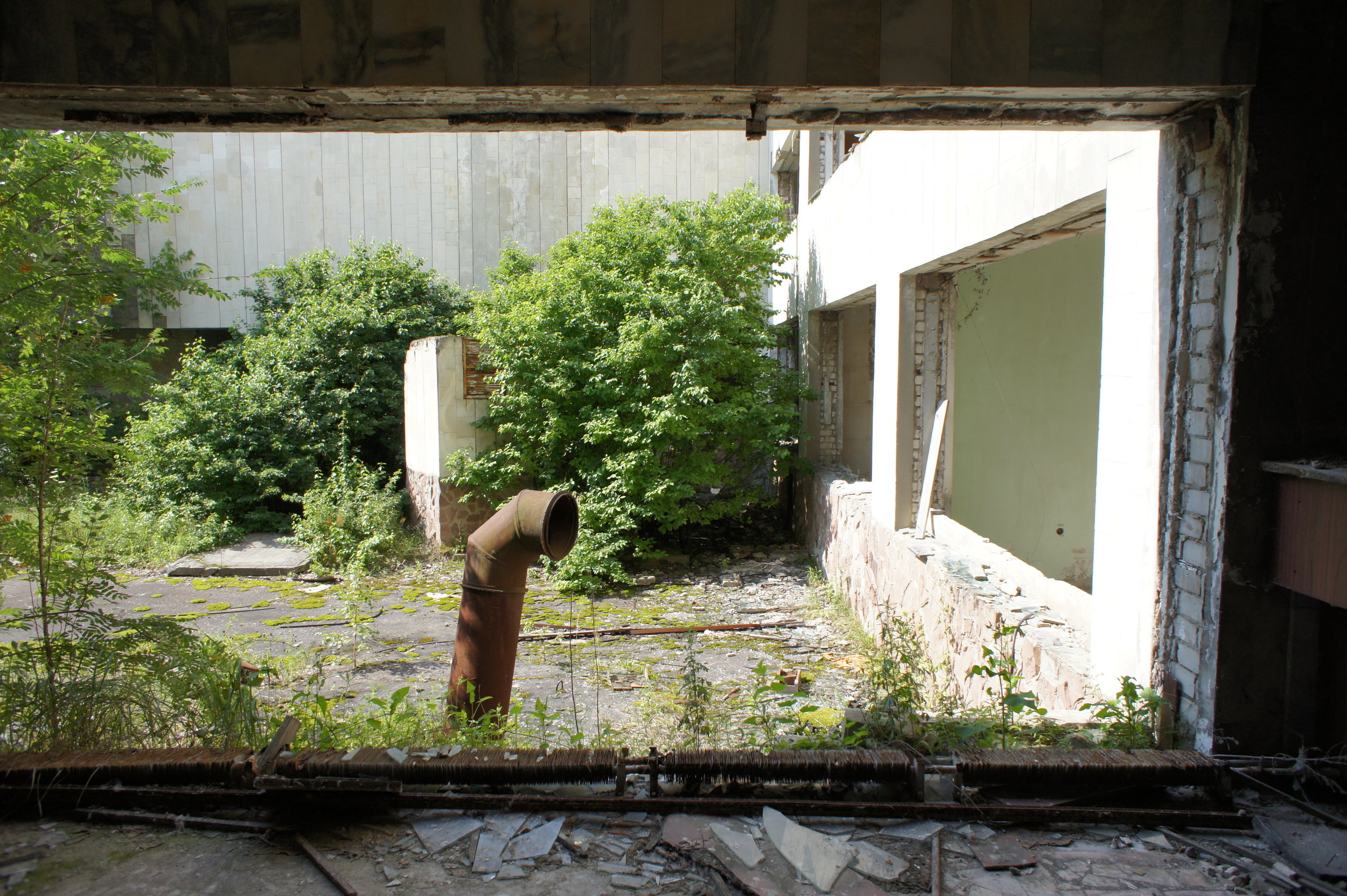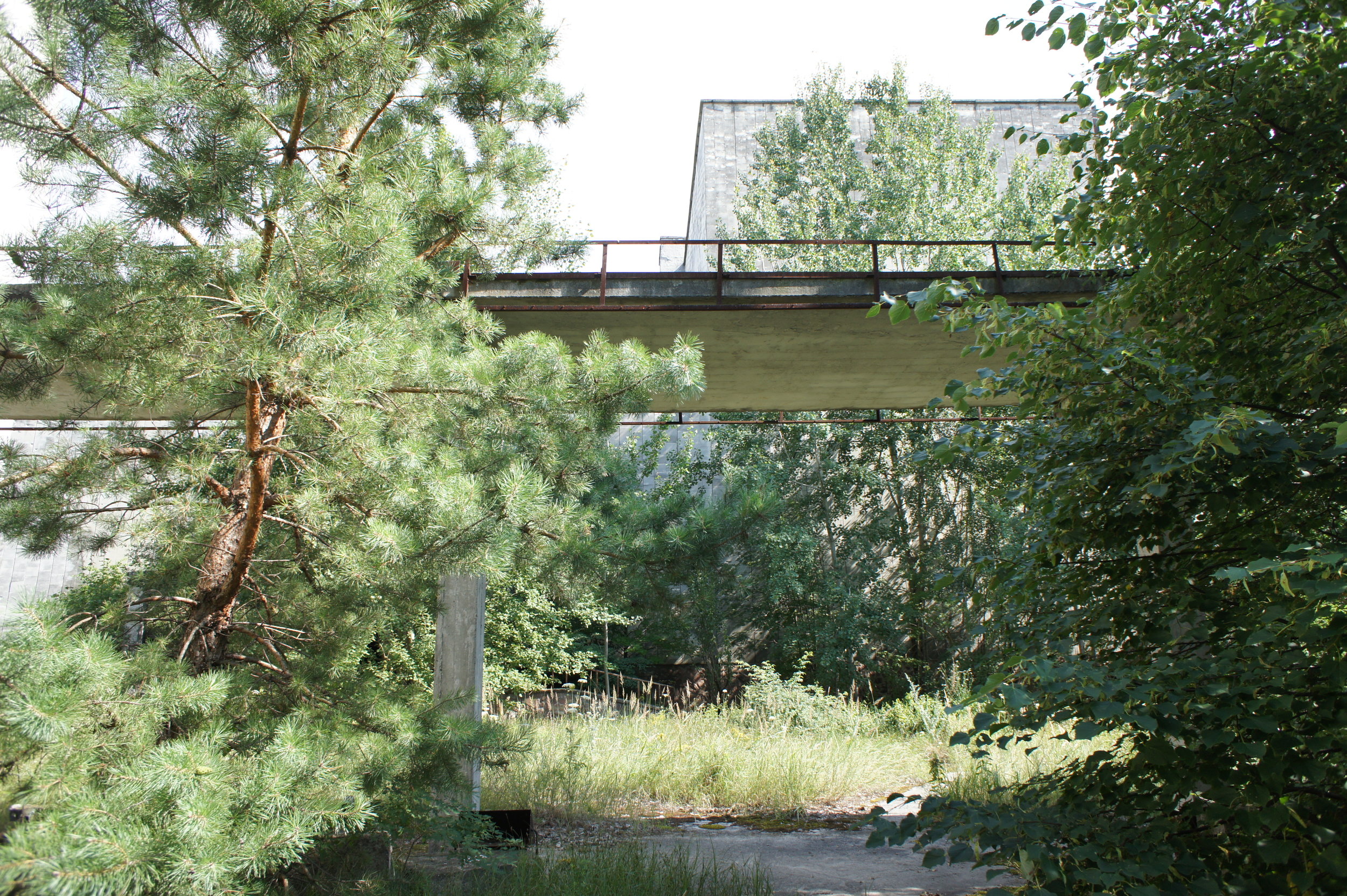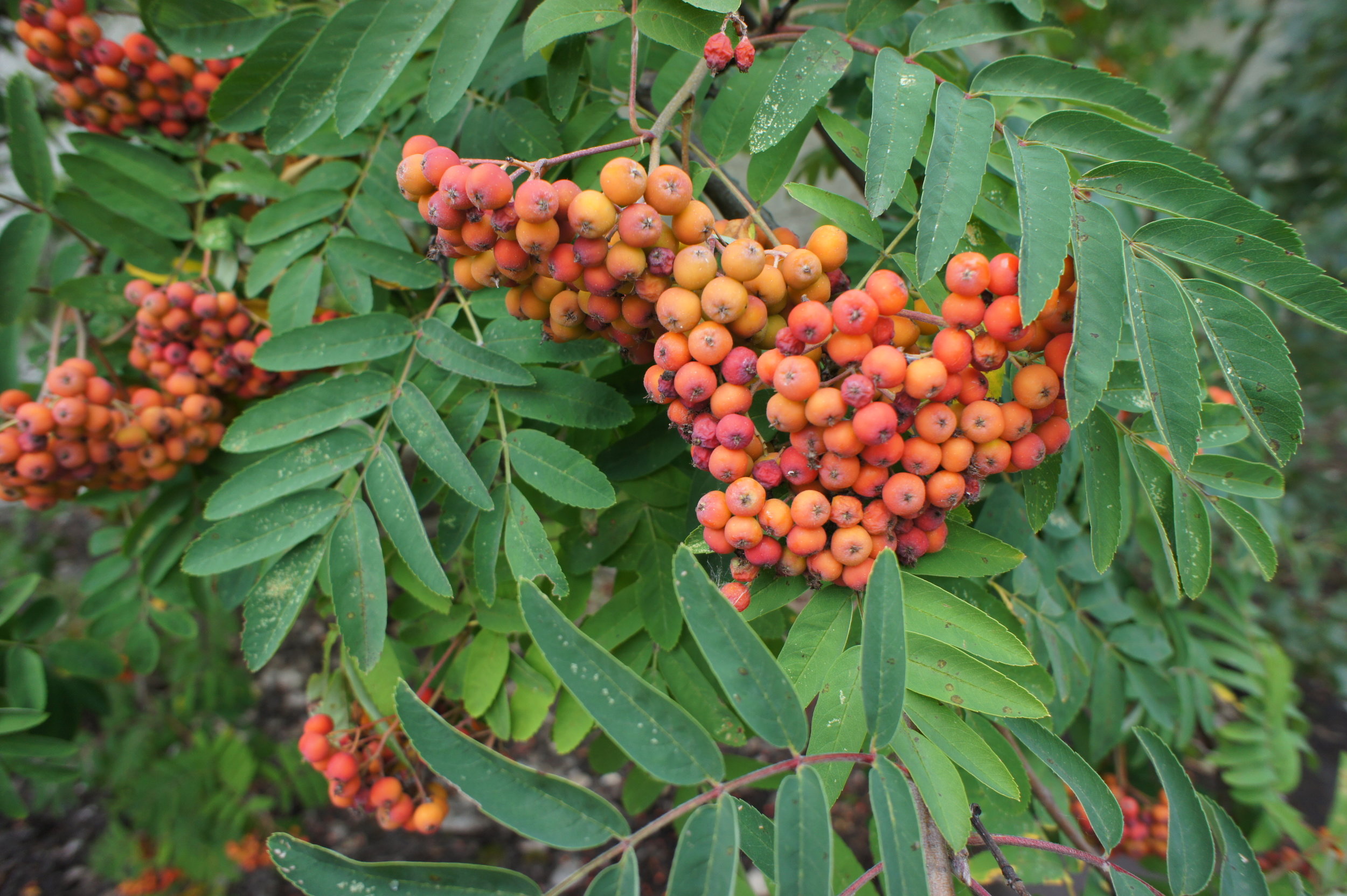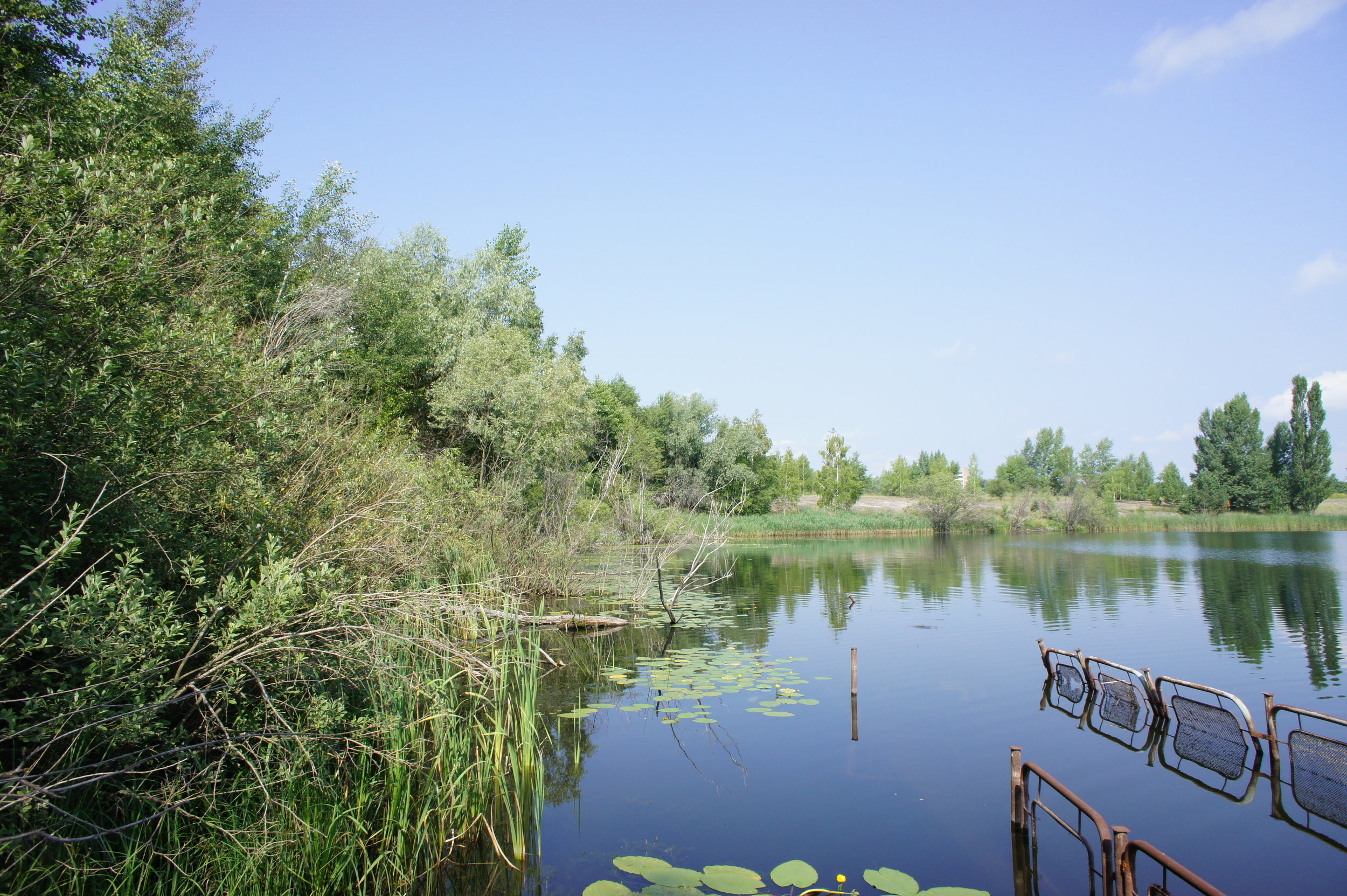how nature is recolonising Chernobyl 🌿
a new study from researchers at the University of Portsmouth shows that wildlife is alive and well in the abandoned areas around Chernobyl, scene of the catastrophic nuclear meltdown in 1986 that left the landscape largely uninhabitable for humans
"There is continuing scientific and public debate surrounding the fate of wildlife that remained in the abandoned area," explain the study's authors. "Our long-term empirical data showed no evidence of a negative influence of radiation on mammal abundance. Relative abundances of elk, roe deer, red deer and wild boar within the Chernobyl exclusion zone are similar to those in four (uncontaminated) nature reserves in the region and wolf abundance is more than 7 times higher. These results demonstrate for the first time that, regardless of potential radiation effects on individual animals, the Chernobyl exclusion zone supports an abundant mammal community after nearly three decades of chronic radiation exposures"
when we traveled to the region in 2011 with Unknown Fields, we were struck by just how abundant nature is in former towns like Prypiat, where most of these photos were taken
above: our guides, Kate and Liam of Unknown Fields, on a Prypiat rooftop with the Chernobyl reactor visible in the distance. you can read the open access study on Current Biology

